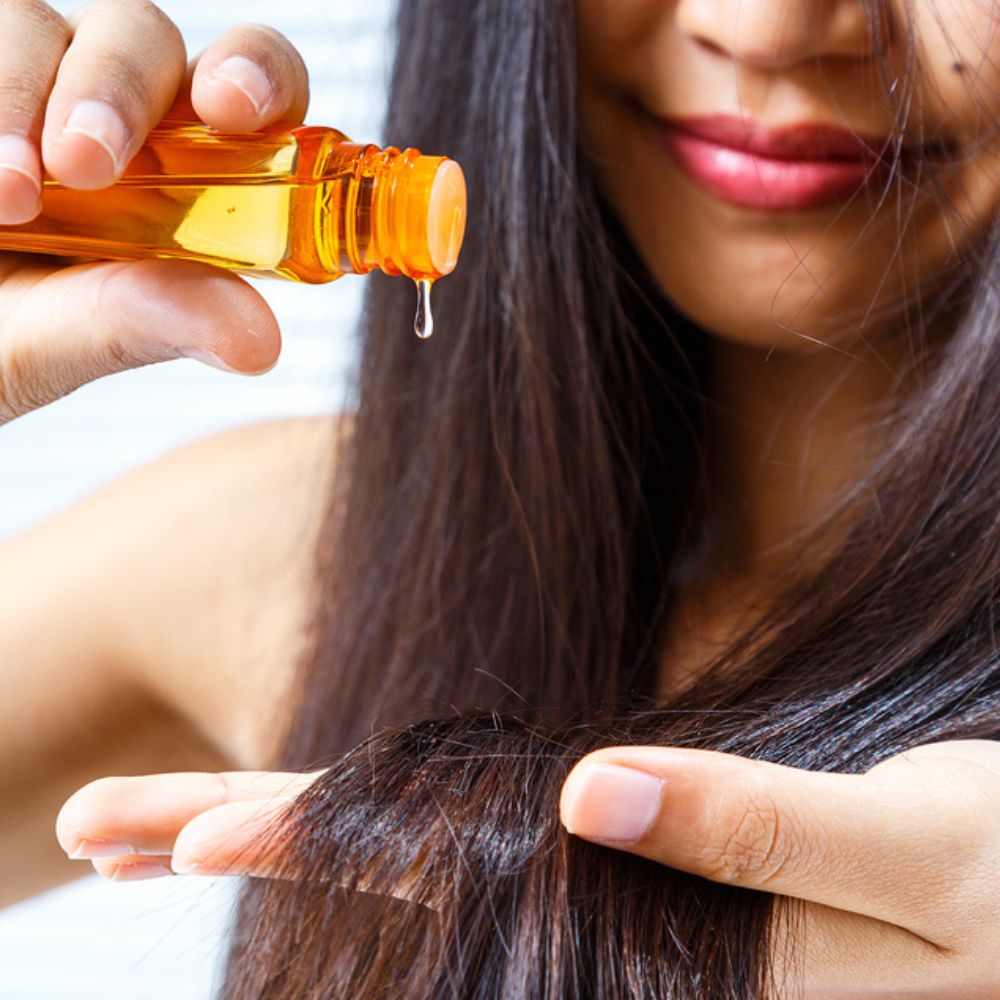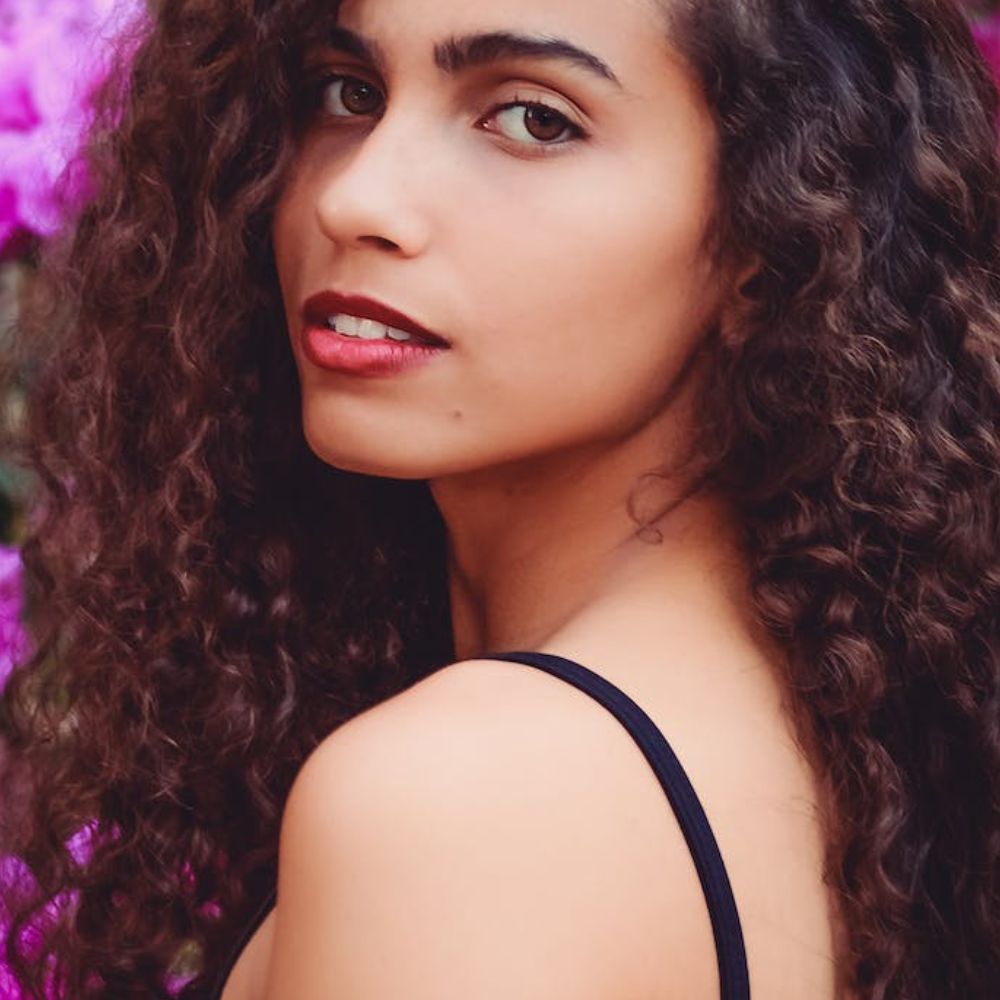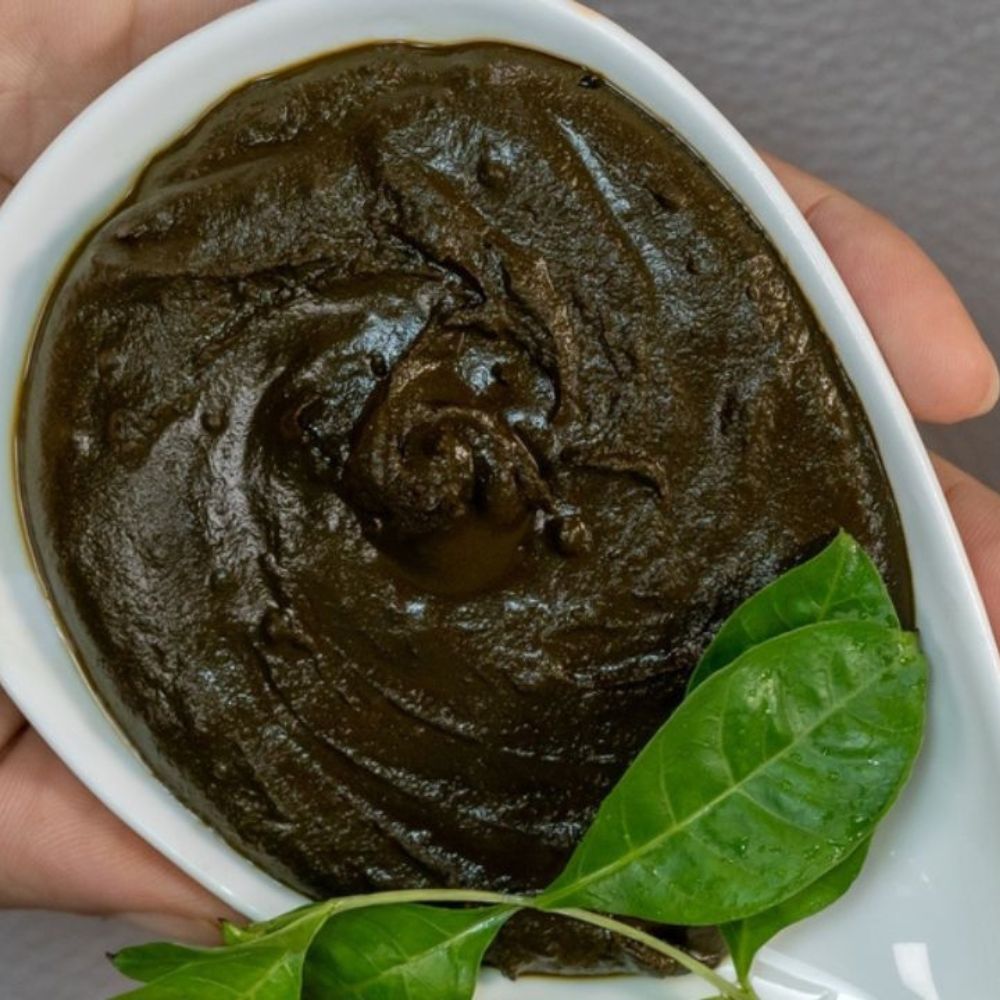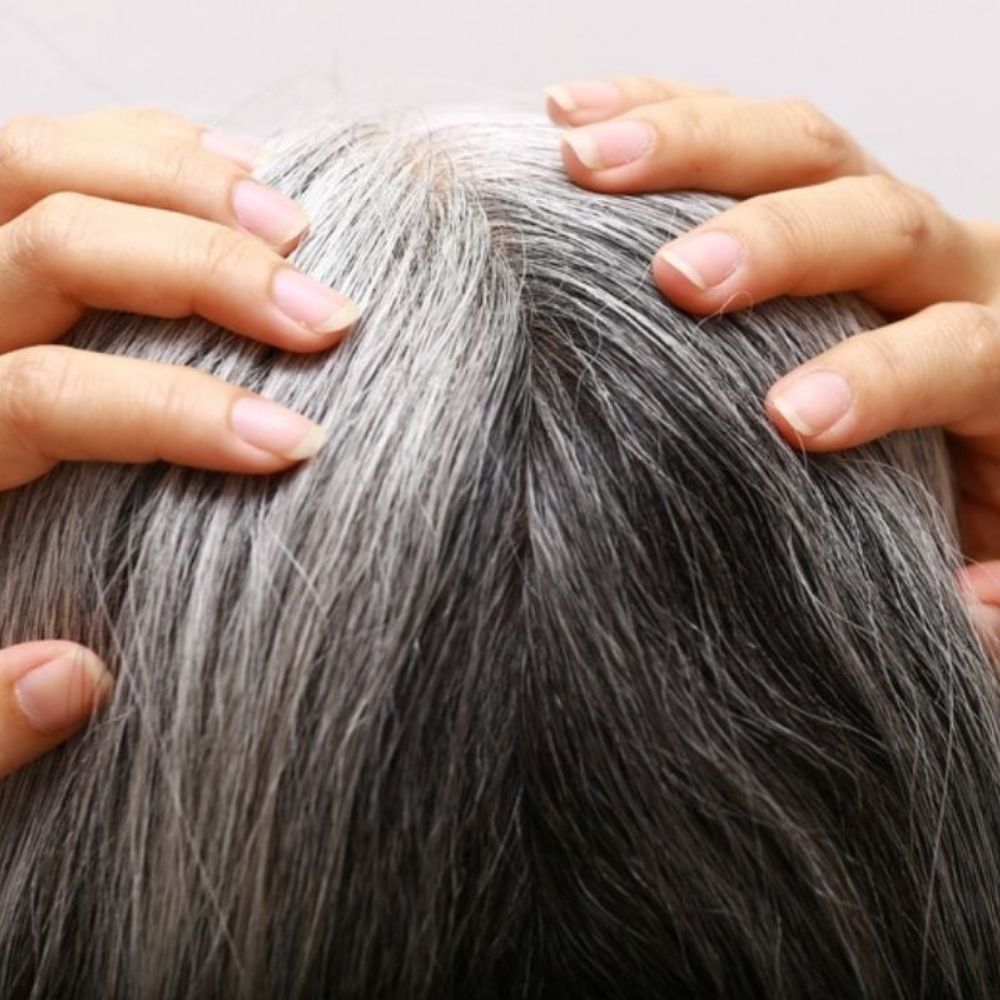Do Braids Help Your Hair Grow? Let’s Dig Out The Real Truth!
Discover the truth about braiding hair and its potential benefit for hair growth as we bust the myth around the question, “Do braids help your hair grow?”
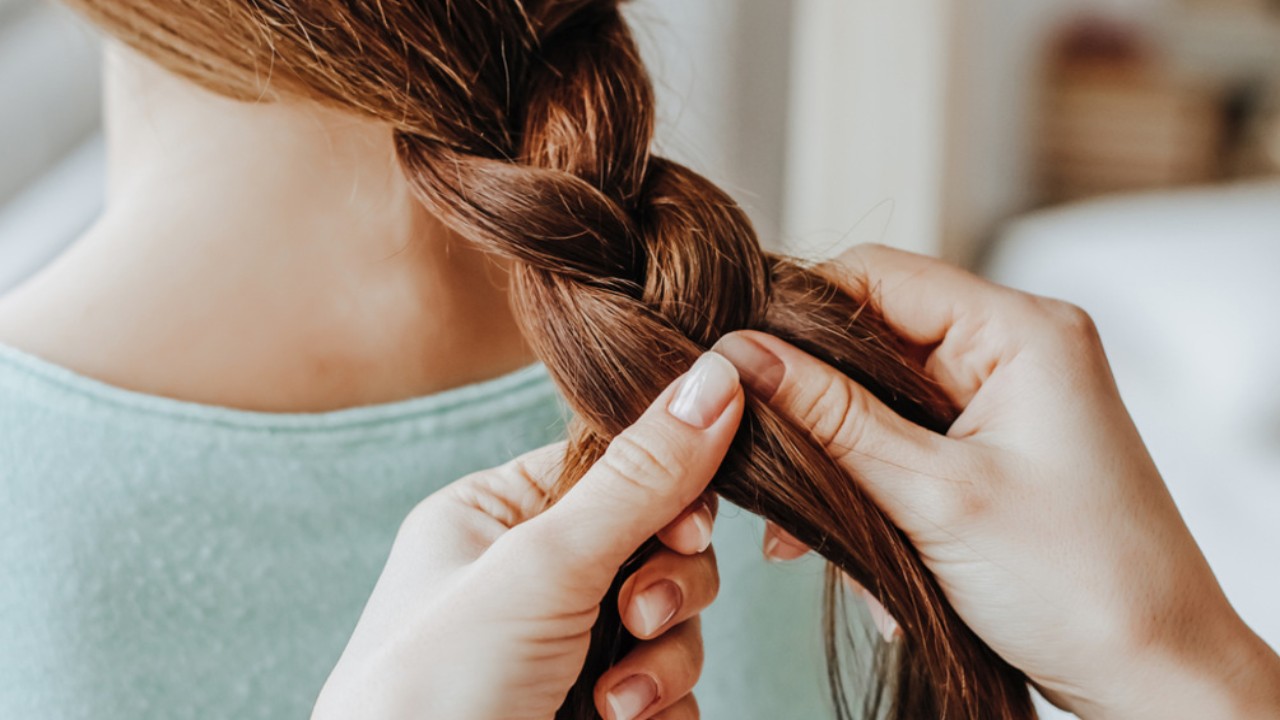
Do braids help your hair grow? To simply answer this question, “NO!”. But as we began to understand the effects of braiding on hair quality and ultimately growth, the answer seemed to be a little complex. Braids are ancient hairstyles that have immense cultural relevance as well as scientific reasons. Hair when wrapped in braids is primarily well protected from damages caused by its surroundings. Along with that, it nourishes, strengthens, and brings a refreshing change to the hair look.
Therefore, to unravel the myths and facts associated with the Old Wives’ tale of braiding being a real solution to achieve long and lustrous tresses, we have curated this article. While you carefully intertwine your hair strands in the hope of seeing beneficial changes, let us tell you how, why, and when of the procedure to truly observe them. Nonetheless, you may seek professional help, especially if you have specific hair concerns if you wish to do so.
Can Braiding Damage the Hair?
Braiding, while stylish and protective, can indeed damage hair if done improperly or excessively. The damage mostly depends on several factors, including the tightness of the braids, the skill of the braider, and the overall hair health. Excessively tight braids can cause stress on the hair shaft and the scalp, potentially leading to hair breakage and even hair loss. Additionally, incredibly frequent and prolonged braiding without breaks can result in a condition known as traction alopecia, where the constant tension on the hair follicles causes them to weaken and, in severe cases, cease to produce new hair (1).
Furthermore, using harsh chemicals or excessive heat during the braiding process, such as hot combing or excessive blow-drying, can weaken the hair shaft and make it more susceptible to damage. Additionally, the weight of heavy or long extensions, commonly used in some braided styles, can pull on the natural hair and lead to breakage and thinning or cause worse effects. For example, a tight spiral braid when done excessively or regularly is known to result in inflammation and cause damage to the scalp. It may further lead to a condition called ischemic necrosis as it inhibits healthy blood flow to the vertex (2)
However, it is important to note that not all braiding techniques and styles are inherently damaging. When done correctly and with care, braiding can be a protective style that helps retain hair length and minimize daily manipulation. It is advisable to choose a skilled and experienced braider, avoid excessively tight braids, take breaks between styles, and prioritize overall hair health with proper conditioning and moisturization to prevent any further damage to the hair follicles.
Benefits of Braiding Your Hair:
Braiding of hair may have both positive and negative implications depending on several factors. Since we have already discussed the disadvantages, let us now look into the benefits of braiding hair. One must remember, that these benefits may vary according to the type of hair, longevity of braids, hair quality, and tightness of the braids. The following are the advantages of braids:
- Strengthens the Hair: Braiding your hair brings all the loose strands together as one robust structural unit and just like individual fibers gain strength when intertwined into a rope, your hair gains comparatively greater strength when tied up in a braid than loosely falling individually.
- Protects Hair Shaft: Loosely tied braids offer protection against breakage by reducing the surface area of contact and friction against fabrics, skin, and other elements. It additionally keeps the hair tangle free which results in minimal teasing and damage while brushing.
- Adds Texture: Braiding hair for a long period will result in a change in the bonds between hair strands. This will, therefore, lead to a change in the texture of the hair, mostly making it wavy, or loosely curly. This negates the use of heat-inducing styling techniques and thus minimizes damage while giving you a whole new hairstyle.
- Boosts Scalp Health: Braiding initiates higher levels of blood flow to the scalp. Along with this it also can distribute the natural oils produced by the scalp throughout the hair, promoting overall scalp health.
- Locks in Moisture: Braids can help in moisture retention because when hair is braided, the surface area of moisture release reduces, leading to lower moisture loss. Moreover, the natural oils produced by the scalp have a better chance of distributing evenly along the length of the hair while it is braided. This hydration is vital for maintaining hair health and minimizing dryness, brittleness, and subsequent hair loss.
- Functional And Manageable Style: Braided hairstyles often require minimal daily maintenance, making them convenient for people with busy lifestyles. Added to that, during hot climates, braids can help dissipate heat and keep the scalp cooler.
How to Take Care of Braided Hair:
Taking care of braided hair is essential to ensure your hair remains healthy to help your hair grow well. Here's a comprehensive guide on how to maintain your braids effectively:
- Keep Your Scalp Clean: Start by cleansing your scalp regularly with a diluted sulfate-free shampoo. Focus on massaging the shampoo gently onto your scalp, and use a nozzle attachment to rinse thoroughly without disturbing the braids.
- Moisturize: Apply a lightweight, oil-based moisturizer to your scalp and hair roots to prevent dryness and itching. Use a spray bottle to distribute the moisturizer evenly.
- Avoid Overwashing: Washing your braids too frequently can lead to frizz and unraveling. Aim to wash your hair every 2-3 weeks or as needed. Use a stocking or mesh cap to protect your braids while washing.
- Drying: After washing, ensure your hair is thoroughly dry to prevent mildew and odor. Use a cool setting on a hairdryer or air-dry your braids. Avoid excess tension from the weight of wet hair.
- Protective Styles at Night: Tie your braids with a silk or satin scarf or use a silk or satin pillowcase to prevent friction, which can lead to frizz and breakage.
- Avoid Tight Styles: Ensure your braids aren't too tight, as this can damage your natural hair and scalp. Loose braids or twists are gentler on your hair.
- Control the Ends: Use edge control products sparingly to smooth edges and flyaways. Too much product can cause buildup.
- Trimming: Trim any loose or frayed ends to maintain a neat appearance and prevent further damage.
- Protect From Elements: Cover your braids with a scarf or hat when exposed to harsh weather conditions, like sun or wind, to prevent damage.
- Regular Checks: Monitor your braids for any signs of unraveling or damage. If you notice issues, address them promptly to prevent further problems.
Does Braiding Help Hair Growth
Hair growth is primarily dependent on factors such as rate determined by genetics, lifestyle factors, and stress levels. While braids themselves do not stimulate hair follicles directly, they can indirectly contribute to maintaining and nurturing healthy hair, thus helping them grow. One of the primary benefits of braiding is its protective nature. Braids gently secure the hair, preventing it from being exposed to harsh environmental factors such as UV radiation, extreme weather conditions, etc., and excessive stress due to friction from clothing or pillows, styling, chemical dyes or bleaches, etc. Therefore, braiding can help retain the hair's length by reducing the likelihood of breakage and split ends by keeping them well-hydrated and protected which is essential for healthy hair growth. Additionally, they can promote better blood circulation in the scalp due to the gentle tension created during the braiding process. Improved blood flow can potentially deliver more nutrients and oxygen to the hair follicles, which may indirectly support hair growth.
Therefore, braiding may not be an ultimate hair growth solution, but it can be a valuable part of a holistic hair care routine by protecting the hair, retaining moisture, and promoting a healthier scalp environment, braids can contribute to the overall health of the hair.
How Long Should You Keep Braids in for Your Hair to Grow
Braids are a protective hairstyle that can indeed promote hair growth, but the key is finding the right balance between keeping them in for protection and preventing potential damage due to prolonged wear. Ideally, it's recommended to keep braids in for about 6-8 weeks. This timeframe allows your hair to be protected from environmental factors which can lead to breakage and hinder growth. During this period, your hair is also shielded from daily styling and exposure to elements that can weaken it.
However, it's crucial to pay attention to your hair's condition and needs. If you notice any signs of hair breakage or scalp discomfort, or if your braids are beginning to look frayed, it's best not to wait the full 8 weeks. Instead, consider removing the braids earlier to prevent further damage. Proper maintenance is essential during this period. Regularly moisturize your scalp and hair to prevent dryness and breakage. Additionally, avoid braiding your hair too tightly, as this can stress your hair follicles and lead to hair loss.
Conclusion:
We made a sincere attempt at answering an age-old dilemma which is “Do braids help your hair grow?”. Through extensive research, we understood that while hair braiding does have its perks, it does not directly trigger hair growth. These culturally significant hairstyles may damage your hair if the tightness or frequency is too high. They may lead to severe hair thinning, breakage, and even excessive hair loss which is known as traction alopecia. However, looking at the brighter side of braiding, when done correctly it may offer a considerable amount of benefits to both the hair shaft and the scalp. It is known to increase blood flow, nutrient flow, and moisture, and also prevents the hair mass from breakage, thus strengthening them. Therefore, one must adopt extreme care and caution before braiding their hair to gain these benefits which will further help the hair growth process indirectly.





 JOIN OUR WHATSAPP CHANNEL
JOIN OUR WHATSAPP CHANNEL






































